Summer Watering: 6 Best Ways to Water Your Lawn
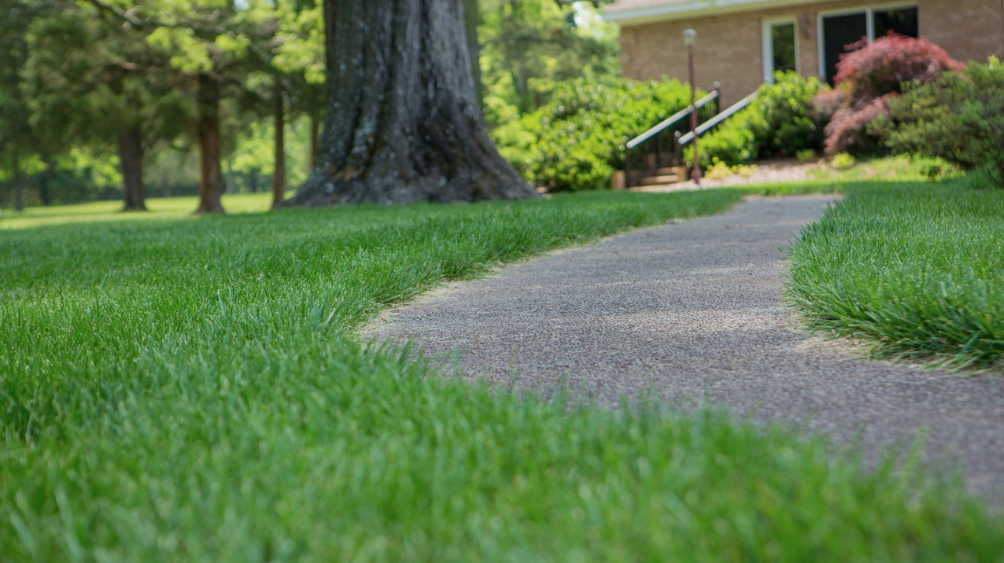
Do you have problems maintaining your lawn to be green? You may not be watering the right way!

Your lawn needs water to remain green and healthy, particularly during warmer and drier months. Ideally, your grass will have already developed healthy root systems to withstand the changes in the temperature. If not, or if it’s a particularly hot summertime and your grass is thirsty, here are some watering tips give your grass a cold drink.
How Often Should the Lawn Be Watered in Summer?
The answer to this frequently asked question depends on many things, including but not limited to the following:
- The grass type (e.g., cool-season variety, like rye, or a warm-season one, like St. Augustine)
- The soil type, where its composition can cause the water to remain or run off
- The region where the typical summer weather varies
- The lawn’s age (e.g., the first year, which is the most critical)
Notwithstanding these variables, let’s get into the best practices for summer lawn watering.
1. Irrigate the Lawn
Your lawn grass has its ways of coping with the higher temperature. Certain cool-season types, for instance, go dormant during summer in the presence of drought, heat, and humidity. Irrigation thus fills the gap of little rainfall that can happen during summer. You can turn to sprinkler, hose, or drip irrigation to relieve the grass from stress in warmer months.
2. Determine the Water Volume
The consensus is to give the lawn an inch of water that penetrates six to eight inches of the soil, which is the ideal depth for healthy roots to grow. The severity of the weather warrants an additional half inch. Break down this amount to a watering schedule of twice or thrice a week, allowing the grass to drink deeply. The Lawn Institute recommends rehydrating the grass slightly to revive it in times of drought that lasts more than four weeks.

3. Stick to the Watering Hours
Hot summer afternoons will only cause water to evaporate faster before it can get to the roots of the grass. Against this backdrop, stick to the general watering schedule:
- Before eight o’clock (some say ten o’clock) in the morning because of minimal heat and wind
- Between four o’clock and six o’clock in the afternoon to give time for the grass to absorb and dry
As to the length of watering time, tread between thirty and forty minutes for as long as you don’t overwater, which may result in fungal diseases and discoloration in the grass.
4. Check or Improve the Soil
According to PennState Extension, there are three types of soil texture: silt, sand, and clay. The arrangement of each soil particle gives rise to the structure whereby:
- the water moves quickly through soil that has small grains;
- The water moves moderately through soil that is blocky or prismatic; and
- the soil is platy, or layered with horizontal plates, wherein water tends to drain slow.
Given these findings, you want the soil to be able to hold water and make it livable for plants.
Check the water retention ability of the soil by digging a small hole and, using your hand, reach the level of water into the ground. Improve soil quality by adding fertilizer too.
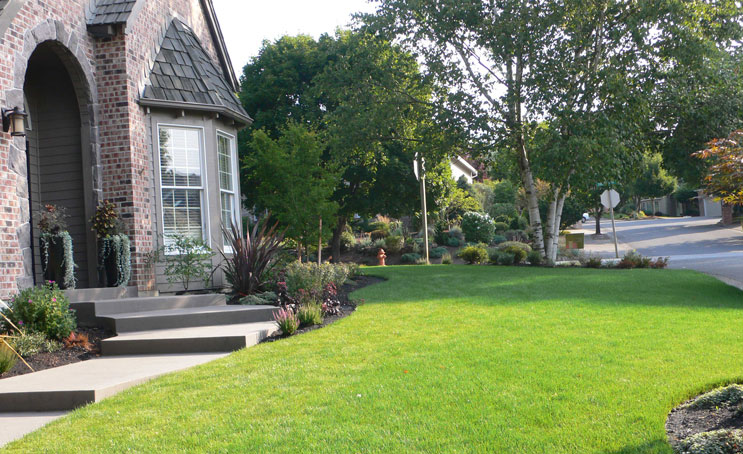
5. Irrigate Evenly
While you are checking the soil, look for areas that are dry after you have watered. Indeed, areas closest to the sprinkler often receive less water than those that are farther. To test, get cans and place them strategically throughout the lawn. After turning on the sprinkler, look at the cans and check the level of water. Reconfigure the current sprinkler system to distribute the water in the yard evenly.
6. Try Drip Irrigation
You want your plants to develop a strong root system so they can fend for themselves during hotter months. Micro-irrigation presents a mechanism that allows water to drip slowly to the roots. This system uses less water but still ensures that water goes to where it should be. With the right drip emitters and sprinkler supplies, you or a professional contractor can design how to harness water effectively for your lawn.
Based on the Southern Nevada Water Authority’s pamphlet, this type of water irrigation has three main points:
- The length of watering time that is longer than the sprinkler system because drip irrigation is slower
- The drip emitter’s rate of flow or how fast it fills a tablespoon with water in seconds
- The frequency of water, e.g., three days per week during summer as applicable
Be kind to your lawn this summer and use these tips to water it the best way possible.


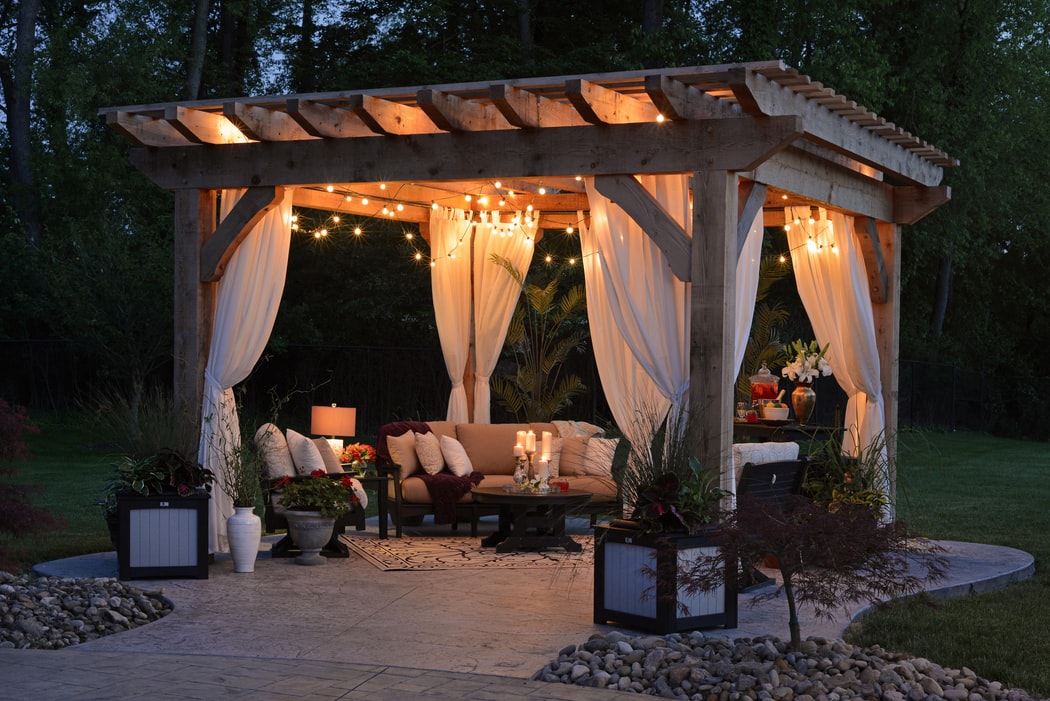
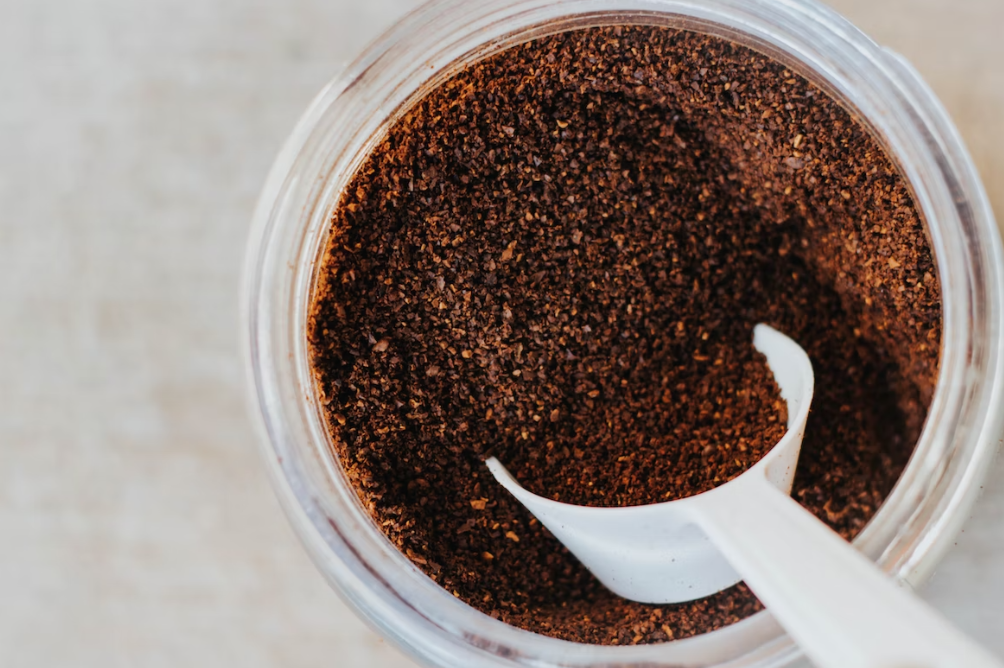
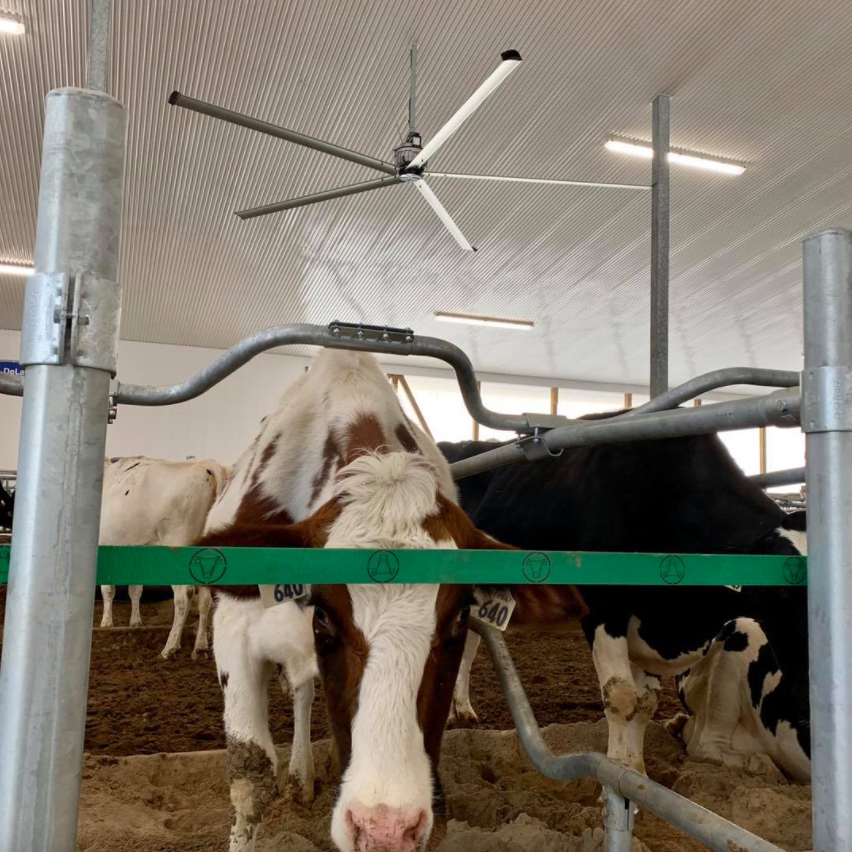


Leave a Comment